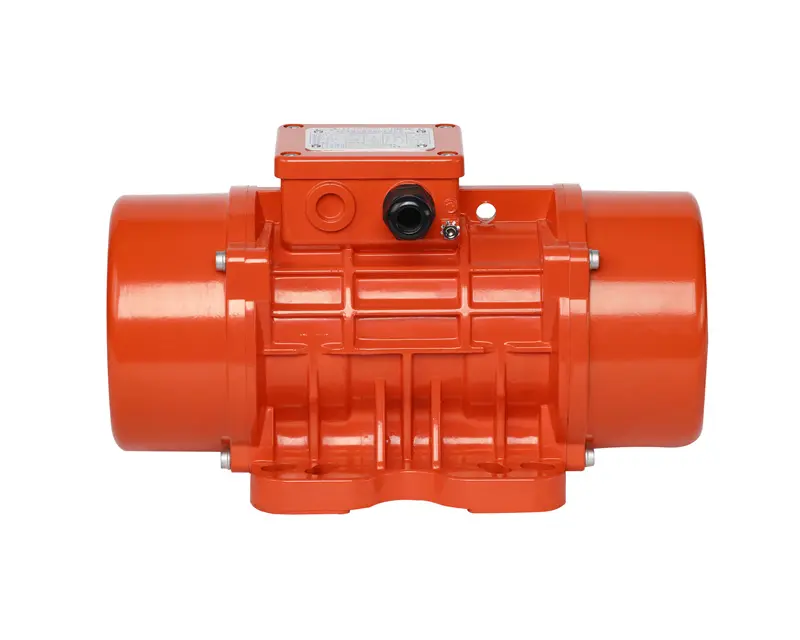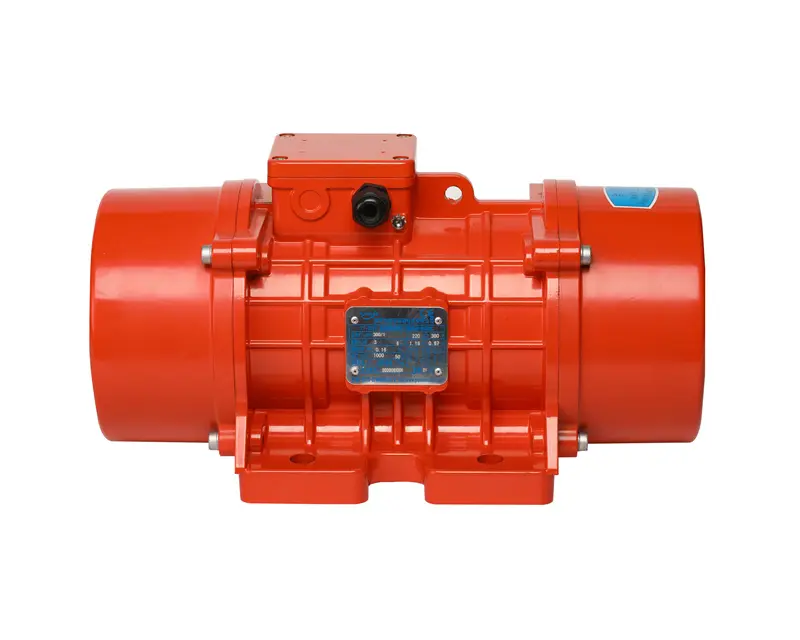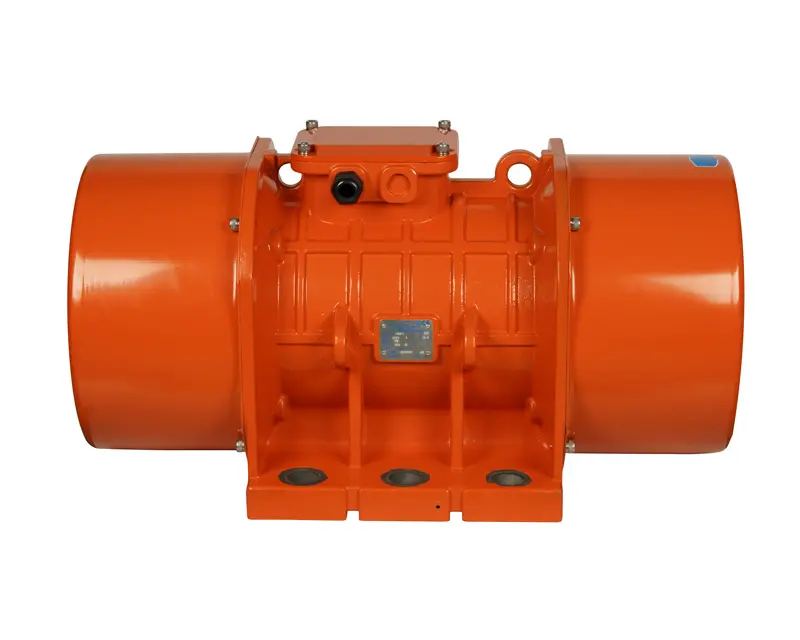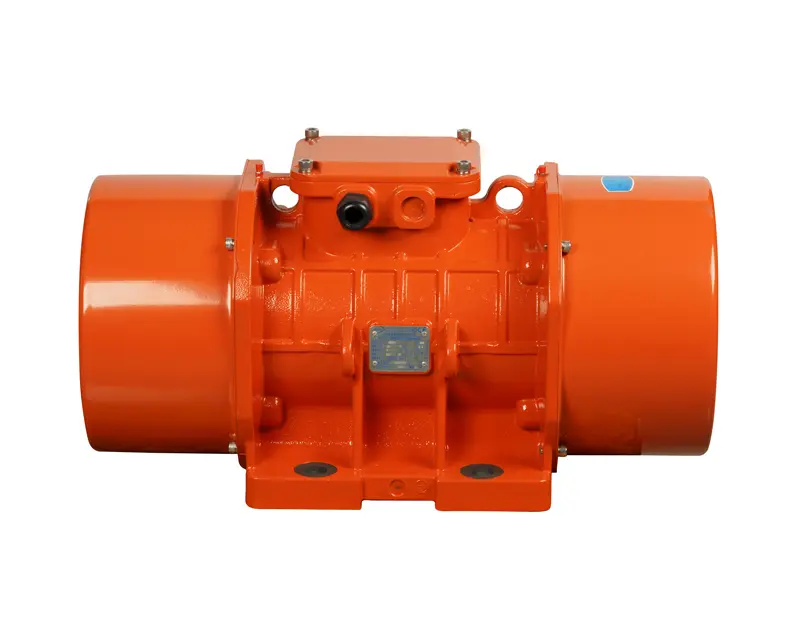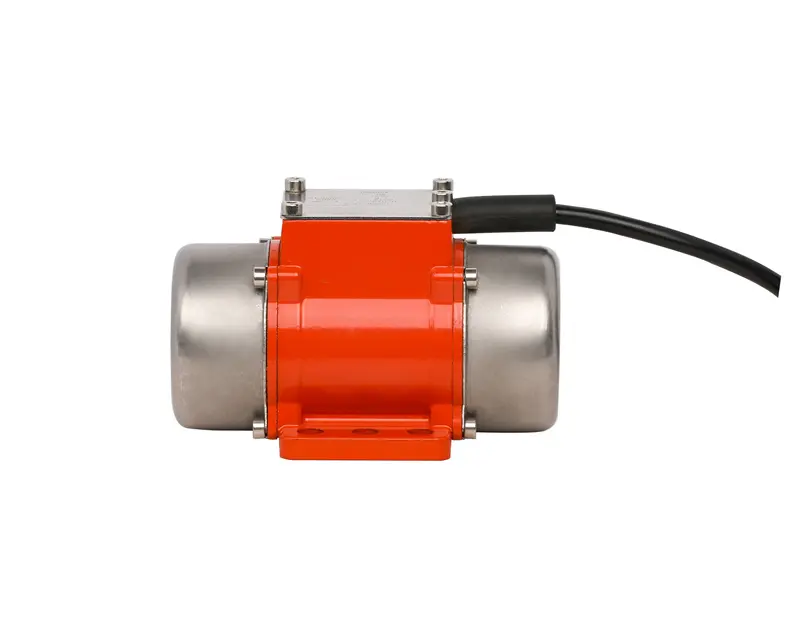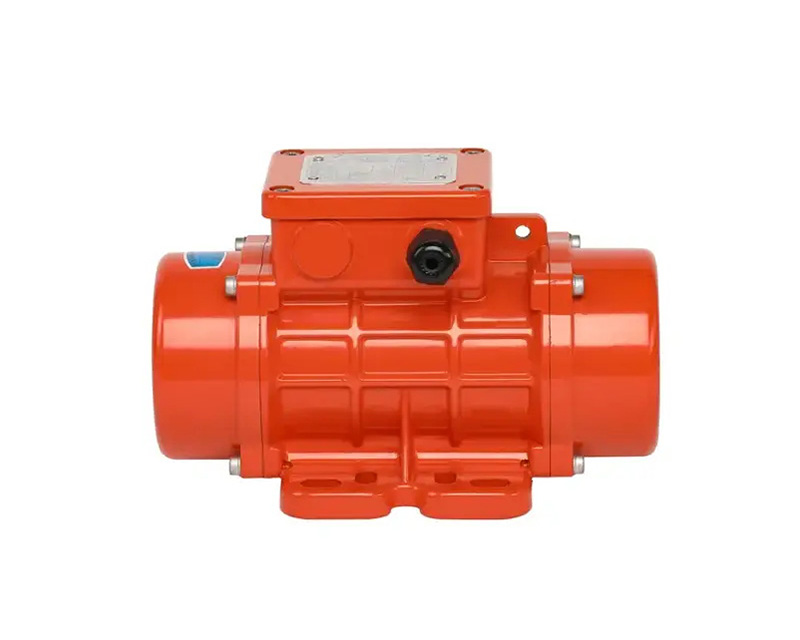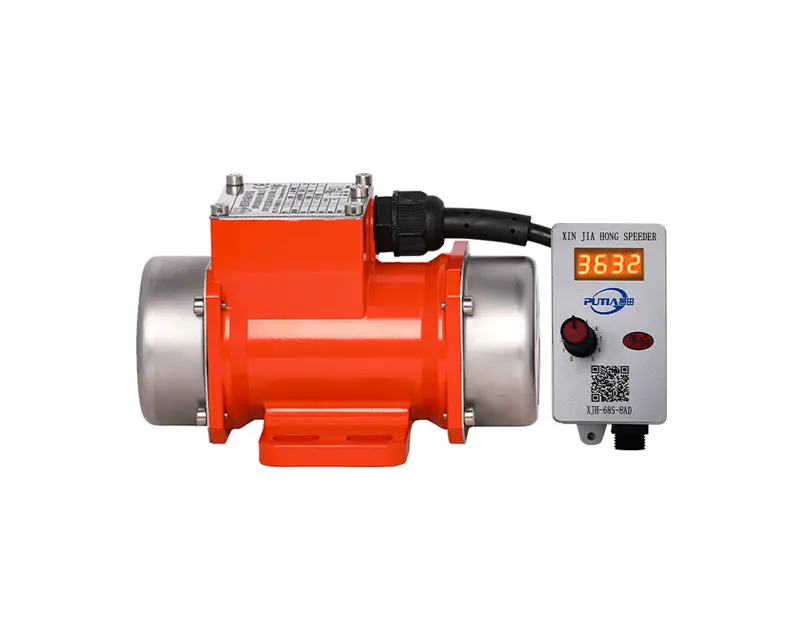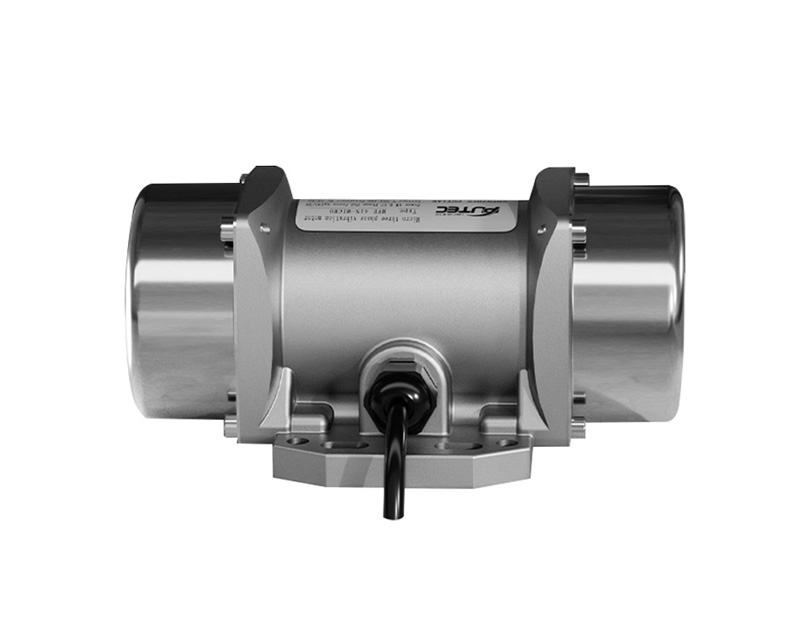The Versatility And Applications Of Piezoelectric And Small Electric Vibrating Motors
 Apr-11-2024
Apr-11-2024
 Industry News
Industry News
Vibrating motors are critical components in a wide array of applications across various industries. Whether for haptic feedback in handheld devices, precise movement in medical equipment or as a driver for other types of mechanical devices, these motors play an essential role in providing controlled motion and vibration. Among the many types of vibrating motors available, two key variations stand out for their unique features and applications: piezoelectric vibration motors and small electric vibrating motors. This article will explore the characteristics, advantages, and applications of both motor types, providing a comprehensive overview of their roles in modern technology.
Piezoelectric Vibration Motors
Piezoelectric vibration motors utilize the piezoelectric effect to generate motion or vibration. This effect occurs when certain materials, such as quartz or certain ceramics, produce an electric charge in response to mechanical stress. When an electric current is applied to these materials, they deform and produce motion.
Characteristics of Piezoelectric Vibration Motors
1. Precision: Piezoelectric motors offer highly precise control of motion and vibration. This makes them ideal for applications where exact positioning or fine adjustments are necessary.
2. Compact Design: These motors are small and lightweight, allowing them to be easily integrated into devices with limited space.
3. Low Power Consumption: Piezoelectric motors require small power to operate, making them energy-efficient and suitable for battery-powered devices.
4. Low Noise and Vibration: Due to the nature of their operation, piezoelectric motors produce small noise and vibration, making them suitable for applications where quiet operation is essential.
Applications of Piezoelectric Vibration Motors
- Medical Devices: In medical devices such as insulin pumps and micro-dispensers, piezoelectric motors provide precise dosing and control.
- Optics and Imaging: These motors are used in optical systems for fine adjustments and stabilization, enhancing image quality.
- Consumer Electronics: In smartphones and wearables, piezoelectric motors provide haptic feedback for user interaction.
- Aerospace and Defense: The precise control offered by piezoelectric motors makes them suitable for navigation and control systems in aerospace applications.
Small Electric Vibrating Motors
Small electric vibrating motors, often referred to as eccentric rotating mass (ERM) motors, generate vibration through the rotation of an unbalanced mass. These motors are commonly found in consumer electronics and industrial applications.
Characteristics of Small Electric Vibrating Motors
1. Simple Design: ERM motors are relatively simple in design, consisting of a motor, a shaft, and an unbalanced mass. This simplicity contributes to their reliability.
2. Ease of Integration: Due to their straightforward design, these motors are easy to integrate into various devices and systems.
3. Cost-Effective: Small electric vibrating motors are an economical choice for many applications, offering cost savings without sacrificing performance.
4. Variable Vibration Levels: By adjusting the speed of the motor, the intensity of the vibration can be controlled, providing flexibility in application.
Applications of Small Electric Vibrating Motors
- Consumer Electronics: Small electric vibrating motors are widely used in smartphones and other handheld devices for haptic feedback and notifications.
- Toys and Gaming: In toys and gaming controllers, these motors provide engaging feedback and immersion.
- Industrial Applications: In industrial settings, small electric vibrating motors are used for equipment alerts, conveyor systems, and vibratory feeders.
- Wearable Devices: For wearables such as smartwatches and fitness trackers, these motors offer discreet, efficient vibration alerts.
Comparison and Conclusion
Both piezoelectric and small electric vibrating motors have their unique strengths and are well-suited to specific applications. Piezoelectric motors offer precision and low noise, making them ideal for medical, optical, and high-tech applications. On the other hand, small electric vibrating motors are versatile, cost-effective, and easy to integrate, making them popular in consumer electronics, toys, and industrial applications.
When choosing between the two types of motors, it's essential to consider the specific requirements of the application, including factors such as precision, power consumption, cost, and space constraints. Ultimately, both motor types play a crucial role in modern technology, providing the necessary motion and vibration for a wide range of innovative applications.


 English
English русский
русский Português
Português عربى
عربى فارسی
فارسی
